In higher education, student retention is an important indicator of your school’s ability to monitor and support your students and identify anyone who may be at-risk of dropping out before it’s too late.
On average, one in three students will not return for their second year of study. To stay on the right side of that statistic, your school can use student retention software that identifies at-risk students and provides support to help boost your student retention rates.
To learn how student retention software works, and the impact it can have your retention rate, we’ll cover the following topics:
What is considered a good student retention rate?
What is considered a good student retention rate?
A school’s student retention rate is the number of students who return to school after their first year or first program module. Post-secondary schools need students to complete their studies and find gainful employment to be considered credible (and desirable) institutions.
But what’s a good student retention rate? If a four-year college retains about 80 percent of its students, that is considered a strong performance. For two-year colleges, the benchmark is about 60 to 65 percent retention, according to data from the National Center for Education Statistics.
When students drop out, it’s a major cost to your school in terms of time, money and resources. From recruiting, admissions and registration to instruction and career services, institutions put a significant investment into each student. So, when a student withdraws, your team’s time, energy and hard work goes with them.
In some instances, students may need to pause their education for personal reasons or they might not have the financial resources or capacity to continue. According to a recent study by the University Professional and Continuing Education Association of students who have left school, 42 percent said they withdrew for financial reasons. And among younger Gen Z students, 32 percent cite family or personal commitments and 42 percent said the college wasn’t a good fit.
For trade, vocational and career schools, where non-traditional students are juggling their education with the demands of work and family life, it’s even more important to proactively identify and connect with students who might be at risk of dropping out.
Your institution has a responsibility to keep an eye out for at-risk students. However, with busy staff and faculty juggling their administrative and teaching duties, at-risk students can go unnoticed. This is where a technology solution – like a student information system – can help. If staff and instructors have the tools and technology to monitor students’ progress and watch for warning signs, they’ll be better equipped to reach out and provide ongoing support.
Average Student Retention Rates at Four- and Two-Year Institutions* | ||
|---|---|---|
* Based on students entering fall 2019 and returning in fall 2020 Source: National Center for Education Statistics | ||
Type of School | Four-Year Institution Retention Rate (%) | Two-Year Institution Retention Rate (%) |
Public Institutions | 82 | 61 |
Non-Profit Private Institutions
| 81 | 68 |
For-Profit Private Institutions
| 63 | 67 |
Nine Features to Look for in Student Retention Software
The best way to keep a student in school is to recognize and flag their struggles as early as possible. However, when your school has hundreds, thousands or tens of thousands of students, it can be difficult for faculty and administrators to keep an eye on everyone.
With the help of student retention software, your school can develop student retention strategies to monitor students’ progress, keep open lines of communication and be there when they need help.
A best-in-class student information system can help improve your student retention rates and should include (at a minimum) the following key features:
1. Customizable Real-Time Reporting
To keep an eye on students’ progress, your school needs accurate and up-to-date information with real-time reports and dashboards so faculty and administrators can quickly access students’ information.
It also needs robust search functionality that allows users to search for an individual student by class, major or program. All of this information should be easy to update and share with colleagues.
Finally, a system with powerful reporting tools helps staff track and analyze data on student retention and completion rates. This will help your school determine what’s working and where improvements can be made. A student information system serves little purpose if the information isn’t easily accessible when it’s needed.
2. Retention Scoring
Even before a student steps foot on campus, your school can assess their risk factors. How does that work? It requires a student information system with sophisticated data management and analytics capabilities that’s also easy to use.
Before students enroll, your team can create a formula to calculate dropout probability by sorting for standardized test scores, high school grades and class rank, previous education, family education history and socio-economic status. These data are predictors for at-risk students.
As students move through their program, the formula can be adjusted with real-time information, including grades, percentage of degree completion, completed modules and attendance.
Additionally, career, trade and vocational schools have specific requirements when it comes to tracking retention rates. Campus Cafe Software student information system has an integrated student retention module that helps faculty support and track their students’ progress.
How does this work? Instructors can activate alerts in the system to flag if a student falls below a threshold for key measurements, including test scores, attendance or assignment completion. Each data point can then be weighted and color-coded, and instructors can search and sort by student, class and program.
3. Academic Alerts
If you have a robust communication system that triggers alerts via emails or text messages in real-time for faculty, academic advisers, administrators and students, then at-risk students are less likely to fall through the cracks.
For example, an integrated student information system can automatically generate an alert when a student misses class, doesn’t submit an assignment or falls below a certain grade threshold. These alerts can keep students on track and flag faculty and staff for students they want to monitor.
4. Communication Management
Once an alert is generated, faculty and staff can meet with at-risk students to help them course correct. To support these students, your student retention software should offer multiple communication options.
For instance, administrators and faculty need the option to be able to call, email or text students from directly within the student information system. If they have to copy a student’s email address or write down their phone number, that adds extra work and slows down the process. It also adds an extra step for your already-busy staff.
Once a faculty or staff member reaches out to an at-risk student, you want that information entered into the customer relationship management (CRM) system to keep tabs on all interactions. This helps facilitate follow-ups and next steps and saves time.
As administrators and instructors juggle the needs of multiple students, a student information system with integrated communications makes it faster and easier to support students and monitor their progress. The goal is to identify at-risk students before they fall too far behind so you can get them back on course.
5. Attendance Tracking
For any post-secondary student, attending class is the most important component of success. Whether it’s a trade, career, vocational, non-profit or private school, a student information system helps faculty manage attendance faster and more accurately than a paper- or spreadsheet-based approach.
Additionally, many career school programs base course completion on the amount of time spent in class, which is also known as clock hours-based attendance. Campus Cafe Software’s student information system lets students check in via an app or website, confirms their attendance by geo-location, and can also track when a student arrives late or leaves early.
When students miss class or arrive late, it can be an indicator of an at-risk student. Attendance alerts help administrators, faculty and even students themselves identify a problem and find a solution.
6. Degree or Program Audits
At both career schools and two- and four-year institutions, students need a plan for completing their program. A student information system with a customizable planning tool details the student’s degree and program requirements, how and when those need to be completed, and lets students check their progress.
The same idea extends to faculty and administrators. School officials regularly perform program and degree audits to see how individual students or groups of students – including programs or majors – are performing. A robust student information system will allow users to search and sort students by cohort, module or class. These audits help schools identify students who are falling behind in meeting their requirements.
In Campus Cafe Software’s student portal, administrators and staff can build program audits and then update the reports with new student information as modules progress or for future groups.
7. Financial Aid Module
With two in five students citing financial pressure as the main reason they withdraw from school, a student information system with an integrated financial aid module helps students manage their student loans, grants and scholarships, as well as billing and tuition statements.
An integrated system has financial aid tools and reporting that alerts students about their application status, paperwork and tax documents. It also helps schools process and submit forms so they receive their funds on time. If students have more support in managing their student finances, they’ll be more likely to stay in school.
8. Student Information Portals
The best student information systems have portals for students to view real-time access to information like course registration, grades, class schedules, academic audits, transcripts, billing statements and payments. This saves students’ time, holds them accountable and improves their experience. The system should also allow them to email and text their instructors or contact staff easily.
In some instances, allowing parents to have access to their student’s information can help student retention. However, student information systems need to be compliant with Family Educational Rights and Privacy Act (FERPA) to protect a student’s privacy and grant access to proper records and information.
9. Third-Party App Integration
A well-designed student information system can integrate with third-party apps that schools use to manage their operations. The most common third-party apps include billing, financial aid, communications and learning management systems. Modern systems are designed to support these third-party platforms and integrate information in real time.
Some third-party apps are important for managing student retention rates because they provide communications and educational support. For example, data from a learning management system is critical to helping an instructor or administrator assess a student’s academic progress. If that information is incomplete or not up-to-date, school officials
How Real-Time Data Improves Student Retention Rates
When you choose an integrated student information system like Campus Cafe Software, your school will have access to reporting features that can sort student retention rates by program, demographics, location and more categories. Your staff can identify where students are falling off and whether there are particular at-risk groups. This information helps plan for future cohorts too.
Student information system software can capture vital data to answer the most critical questions about your school’s student retention rates, such as the following:
- What is your school’s historical retention and degree completion rate?
- Which students are most at-risk and why?
- Which programs are doing the best job of degree completion?
- How effective are your current retention programs?
- How do specific student indicators like the course of study, class participation and institutional support impact performance?
- What are the trends by program, module, semester and year?
As your staff work to identify and reach out to at-risk students, it’s possible to monitor what may have been effective and where to put more resources. For example, do academic alerts prompt instructors to reach out to students earlier in the module or semester, or are students more likely to respond to text messages than emails from their instructors?
When you have insight into successful interventions, you can share that information with staff and faculty. Another good idea is surveying your students to find out what dashboard tools help them, including attendance monitoring or communications from faculty and administrators.
Student Retention Software Can Help Get Students Back on Campus
If a student does withdraw from your program, they may not be lost forever. It’s possible to get re-engaged and help them return to school. Using the integrated CRM in your student information system, your team can contact the student and, hopefully, assess what went wrong and how they may be able to help.
Down the road, your staff can analyze the results of these efforts to determine what was successful and suggest alternative methods to get students re-enrolled.
Stopping Student Attrition
Your school’s student retention rate is an important measure of success for students and school operations. To help students stay on track and identify at-risk students, explore how an integrated student information system with built-in student retention software can provide your team with the tools to monitor, report and communicate with students to help them see their program or degree to completion.
To see how Campus Cafe Software can boost your student retention, contact us for a demo.
Down the road, your staff can analyze the results of these efforts to determine what was successful and suggest alternative methods to get students re-enrolled.








